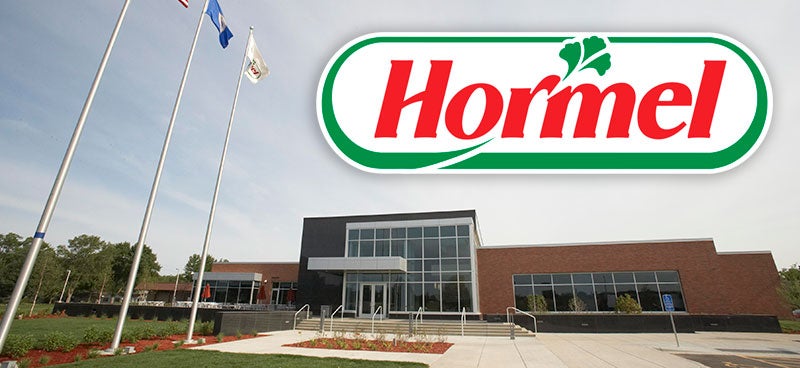Lower prices will give propane users an easier winter
Published 6:51 am Thursday, December 25, 2014
By Matt Sepic
MPR.org/90.1 FM
Minnesotans who heat their homes with propane may find the next few months a lot easier on their budgets than last winter, when a tight supply and high demand sent prices surging.
Since January, when propane sold for a stratospheric $4.61 a gallon in Minnesota, the price has dropped to $2 a gallon — and many rural Minnesotans who rely on propane to get through the winter are hoping it stays that way.
Last winter, temperatures throughout Minnesota regularly dipped into the negative double digits and fuel bills rose across the state. But for people who heat their homes with propane it was especially rough, forcing many to cut spending on other items, including food.
“A lot of things came out of the Crock Pot last year, and a lot of things were warmed up in the microwave,” said Christine McVicker, who lives with her husband and three children in an old farmhouse outside Isanti. “We didn’t use the oven hardly at all. The amount of baking we did for Christmas was almost negligible.”
Built in 1876 and not fully insulated, her home is difficult to heat on extremely cold days.
With the spike in propane prices last winter, McVicker was very careful with her use of fuel. She kept her thermostat set at about 60 degrees — and even lower at night.
To pay the propane bill, she worked extra hours at her nursing job to pay the propane bill — more than $800 for a quarter tank last year.
This winter — at least for now — McVicker and other propane users are breathing a bit more easily. Prices are down nearly 60 percent from January’s peak.
Propane prices are lower in part because propane prices track with crude oil, which is also low. Overall demand also has dropped because farmers don’t need as much fuel for grain drying, said Steve Sargeant, vice president and general manager of Lakes Gas, a propane distributor based in Forest Lake.
But he said another cold snap could send propane demand — and prices — higher.
“Anything can happen when supply becomes tough to get,” Sargeant said. “Depending on whoever wants to bid it up the most to get it to where it’s got to get to.”
Sargeant said he doesn’t expect another big supply shock in part because his company and other distributors added additional storage capacity. But he said still unaddressed is the main reason for last year’s price spike: the lack of a replacement for the Cochin pipeline that connects the Midwest to propane suppliers in western Canada.
Last year, the pipeline delivered about 40 percent of Minnesota’s propane. It is now being used to export natural gas condensate to Alberta. The fracking byproduct is used to thin the heavy oil extracted from the tar sands.




